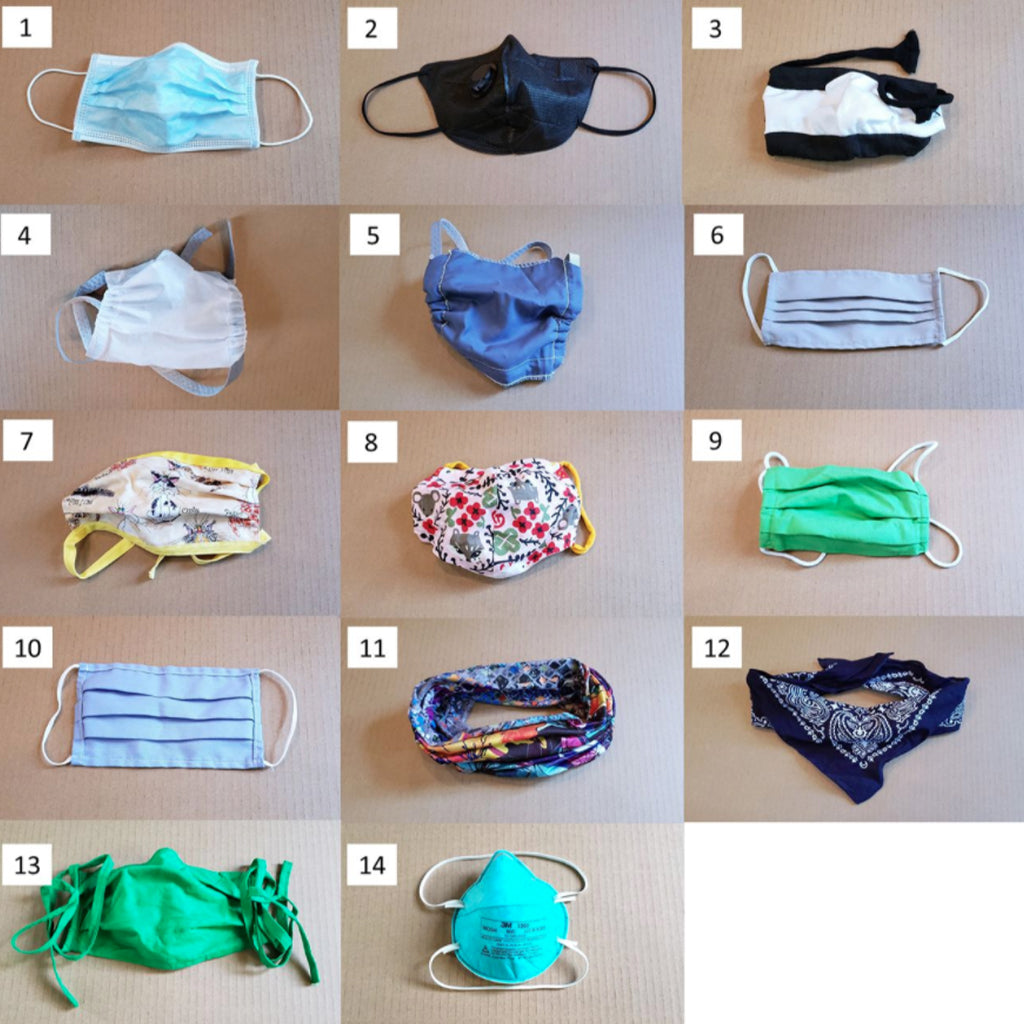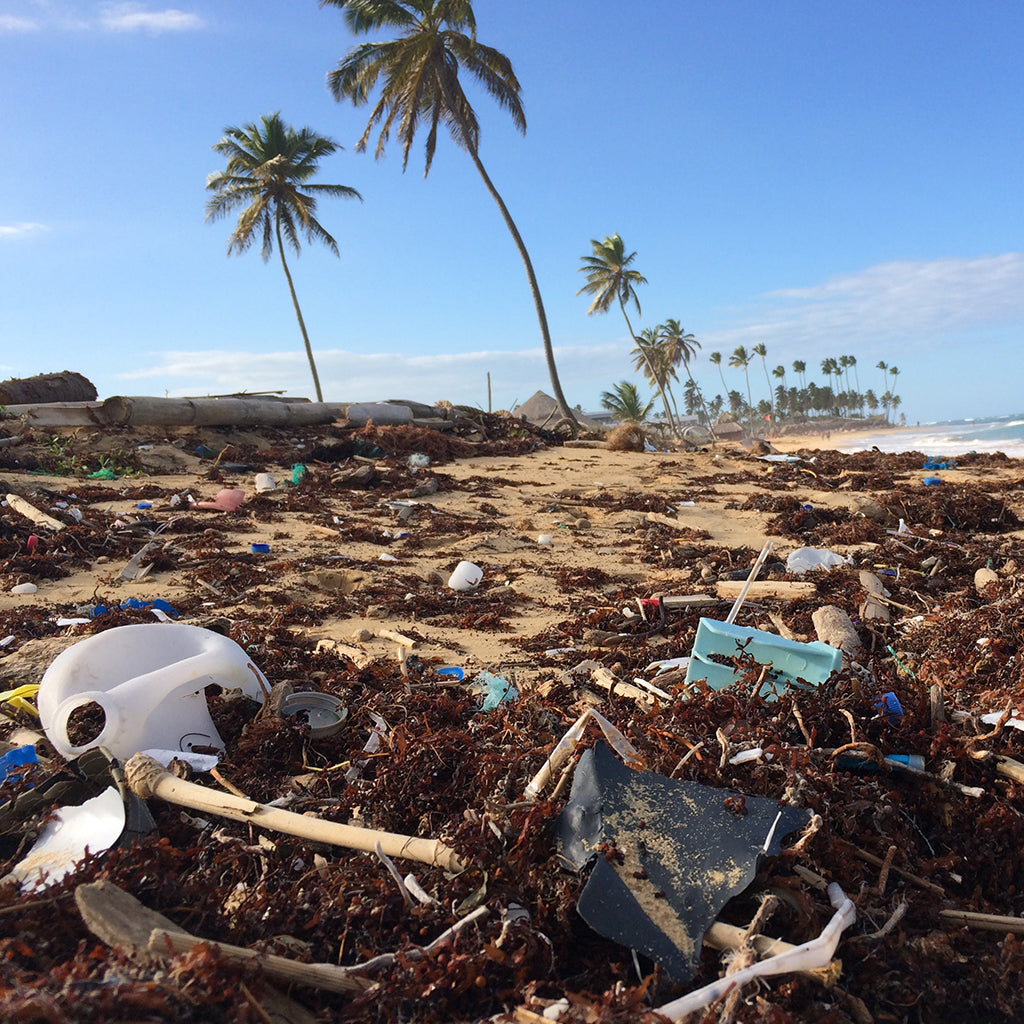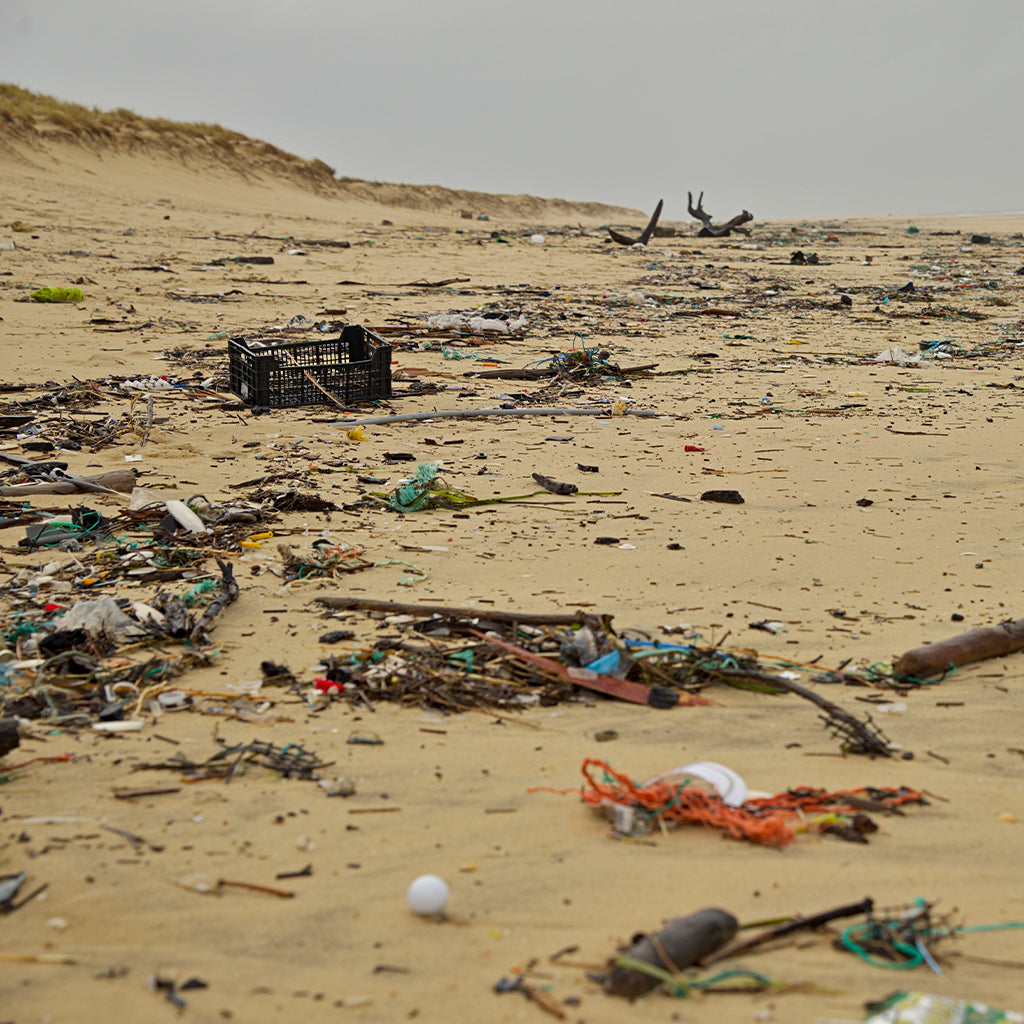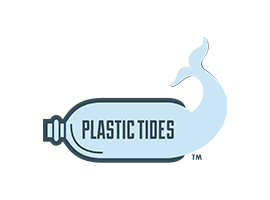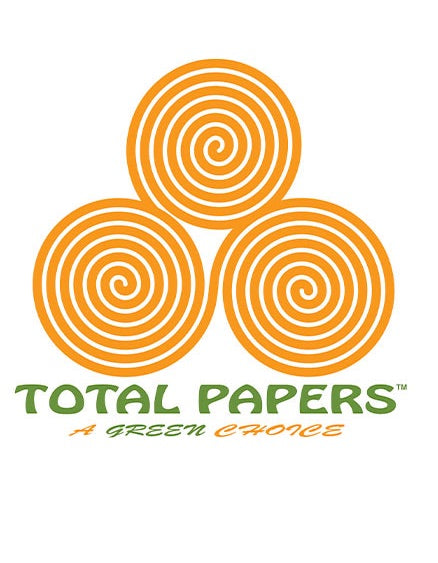Alaska Not Immune To Plastics Pollution
This month is Plastic Free July, now a worldwide initiative to increase awareness of the growing effects of plastics on the environment and to encourage everyone to reduce their consumption and waste of plastic-based products.
We’ve all seen pictures of plastic debris littering the coastline and entangling wildlife. But it’s what can’t be seen that is most concerning. Plastic trash eventually breaks down into small and microscopic particles that persist for decades, centuries or longer. These microplastics are ingested by creatures all along the marine food web, from plankton to fish, birds and whales. Broken down further, some nanoplastics may be absorbed by their cells. Science is only beginning to reveal the potential and longer-term effects of the increasing microplastic accumulation in waters, soils and living things.
One might think that Alaska is remote from the major effects of plastic pollution, but recent research is showing that this is not the case. Deep sea currents transport microplastics from around the world and they tend to settle in the cold Arctic waters. In fact, Arctic Ocean surface waters and ocean bottoms have some of the highest concentrations of microplastics. A National Park Service study, “Quantification of Microplastics on National Park Beaches,” found microplastics or plastic-based microfibers within the beach sediments of all 10 Alaska parks sampled, including the remote Cape Krusenstern National Monument.
For the full article, visit Newsminer.com.
Contact us to learn more about using our products!
Total Papers
11837 Goldring Rd, Arcadia, CA, 91006
(800) 919-6880
info@totalpapers.com



